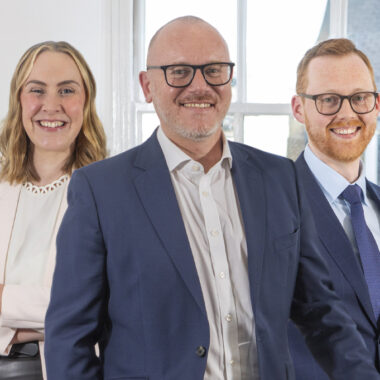Debt Advisory Director, Umito Choji reviews the latest developments in the debt funding market
Horses for courses: lenders continue to evolve in the face of shifting demand
It’s been an eventful start to 2025, with businesses and funders alike contending with continued geopolitical uncertainty while working through the bottom-line implications of October’s Autumn Budget. It has not been uncommon for these, combined with other macro and sector-specific events, to undermine forecasting accuracy and jeopardise fundraising activity.
Despite this challenge, a combination of falling base rates and an increasingly competitive lending landscape gives cause for optimism for prospective borrowers, who are increasingly looking to debt to assist corporates and private equity investors with “mid-cycle” events, on top of acquisitions and buyouts.
Debt is getting cheaper, improving leverage capacity
The Bank of England base rate is currently sitting at 4.5%, which represents a 75bp reduction compared to its high of 5.25%. Whilst that might seem modest, this alone has led to a meaningful reduction in interest burden for companies. For example, this would equate to a saving of 3.75% of EBITDA for a business that is 5x levered.
Looking forward, the market expects further reductions, with SONIA forward rates reaching ~3.75% in the next 12 to 18 months. This would double the reduction in the interest burden relative to the recent peak that lasted until August 2024, equating to 7.5% of EBITDA – a saving that is not to be sniffed at.
In addition, increased competition from lenders for high quality credits has pushed tightened margins to reduce the overall cost of capital. Further, an increased tolerance for interest to be in Payment in Kind (PIK) (non-cash pay) has collectively led to an easing of the monthly cash interest bill.
This is clearly welcome news, as debt serviceability has never been as big a limiting factor in determining debt capacity since the Global Financial Crisis (GFC). Whilst threats of inflation constantly remind us to exercise caution, current market expectations point to an increase in debt availability as interest burdens continue to ease.

Borrowers need options and lenders are obliging
As the private credit market has continued to mature, mainstream direct lending funds are increasingly focusing towards the senior end of the risk spectrum. This has opened up an opportunity for credit funds – old and new – to target underserved niches, particularly within the lower mid-market. This includes situations that require stretched credit that goes deeper into the capital structure and/or are less cash equitised, as well as annual recurring revenue (ARR) financing which allows borrowers to use recurring revenues, rather than profits or cashflows, as the basis for leverage. In parallel, there remains a highly prominent asset-based lending (ABL) market, where some lenders continue to think creatively around the parameters of eligible assets, as well as adding cashflow financing as part of a hybrid structure.
As a result, borrowers have more optionality when considering a transaction. This is particularly helpful in the current climate, as business owners continually assess their needs and the right time to transact.
From what we are seeing, whilst there remains a stable, if unspectacular flow of buyout activity from the private equity market, we are also observing a growing mix of “mid-cycle” transactions, including refinancings and/or recaps to optimise the capital structure, as well as debut and incremental financing to support bolt-on acquisitions or organic growth plans.
These transactions can often require some creativity, which lenders are now ready to serve, at the right price.
Momentum is key to success; and preparation is key to momentum; ergo…
A theme that has persisted over the last few years is the heightened level of scrutiny with which lenders want to understand the borrower’s credit dynamics – its unique selling proposition (USP), markets, revenue models, management team, customer profile, supplier concentration, cashflows and capital structure – everything and anything that supports sustainability of cashflows and recoverable value. Naturally, where these are not readily packaged for the lender and well supported in the diligence, this can lead to transaction timelines dragging, lost momentum, deal fatigue setting in and not closing under the best terms, if at all.
But ultimately, lenders remain ready to deploy for the right opportunity, at the right price. The onus is on the borrower and their adviser to make sure the lenders have what they need to make that assessment whilst generating enough competition to achieve the most attractive terms.
Hence, as borrowers consider their funding options in the face of expected improvements in the interest rate environment and funding optionality, it is now more crucial than ever to ensure that businesses are tracking the right KPIs, packaging them well to articulate a compelling story and thereby underpin a sound credit thesis for lenders to take to their credit committees.





